Architect
DMJM
Daniel, Mann, Johnson & Mendenhall (DMJM)
Founded in 1946 by Phillip Daniel, Arthur Mann, S. Johnson, and Irvan Mendenhall, DMJM (pronounced Dim-Jim) literally changed the face of corporate architecture in the late twentieth century.
The firm originally specialized in U.S. military projects; its signature strengths were in engineering and structural design.
The firm’s Los Angeles debut came in the form of the American Cement Building (1964) next to MacArthur Park. Meant to showcase the versatility of concrete, the building’s exquisite concrete latticework made a significant statement. A similar look would appear on the Pasadena campus of Ambassador College, whose master plan the firm created in 1965.
In the late 1960s, under the direction of renowned architects Cesar Pelli and Anthony Lumsden, DMJM pioneered the glass membrane (skin) design system. By reversing the mullions (vertical elements that separate windows) inward rather than outward, the system enabled completely new ways of “wrapping” buildings in glass, creating smooth curtain walls.
DMJM introduced the system in the 1969 Century City Medical Plaza, though the best-known local example is the undulating Roxbury Plaza/Manufacturers Bank building at 9701 Wilshire Boulevard in Beverly Hills. Other notable designs include One Park Plaza, the Federal Aviation Administration building in Hawthorne, and El Segundo’s Hyperion Waste Water Treatment Plant (1998).
The look they pioneered was both daring and inspiring, yet it became ubiquitous within a few short years. The designers and engineers at DMJM distinguished the firm by challenging the conventions of building exteriors often found in office and industrial buildings.
In 1974, the architecture critic Reyner Banham wrote, “The best and worst of current office-architecture are going up simultaneously, with most of the best coming from the offices of Craig Ellwood and of Daniel, Mann, Johnson and Mendenhall.”
By the 1990s, the firm employed more than 500 architects, engineers, software technicians, interior designers, and draftsmen. Now known as DMJM Harris, the firm was acquired in 1984 by what is now AECOM.
Related Places
-
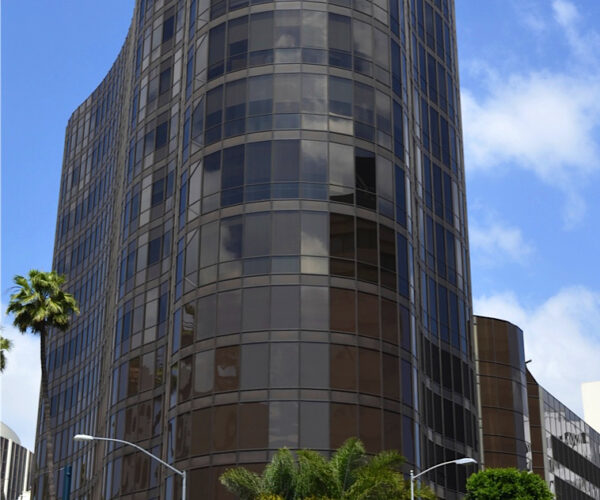
Place
Roxbury Plaza
-
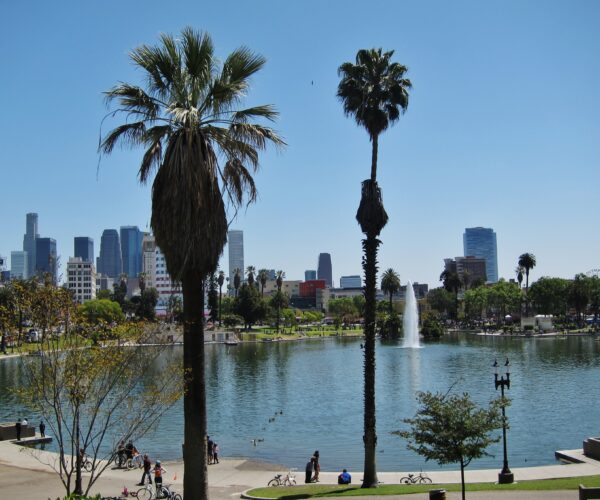
Place
MacArthur Park
-
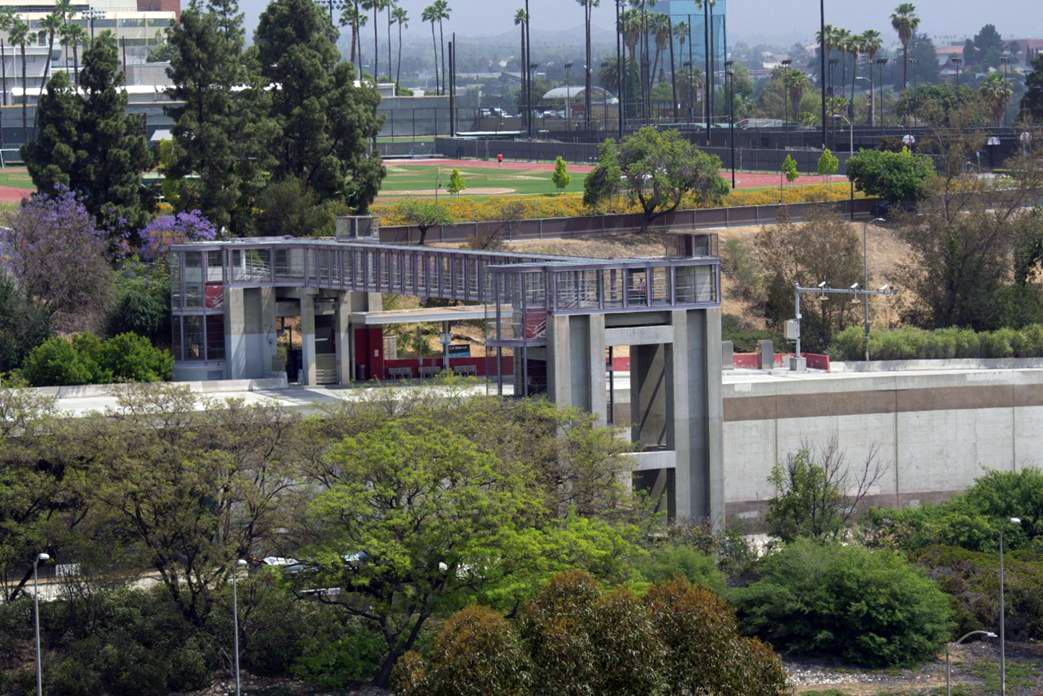
Place
University Bus Station Bridge
-
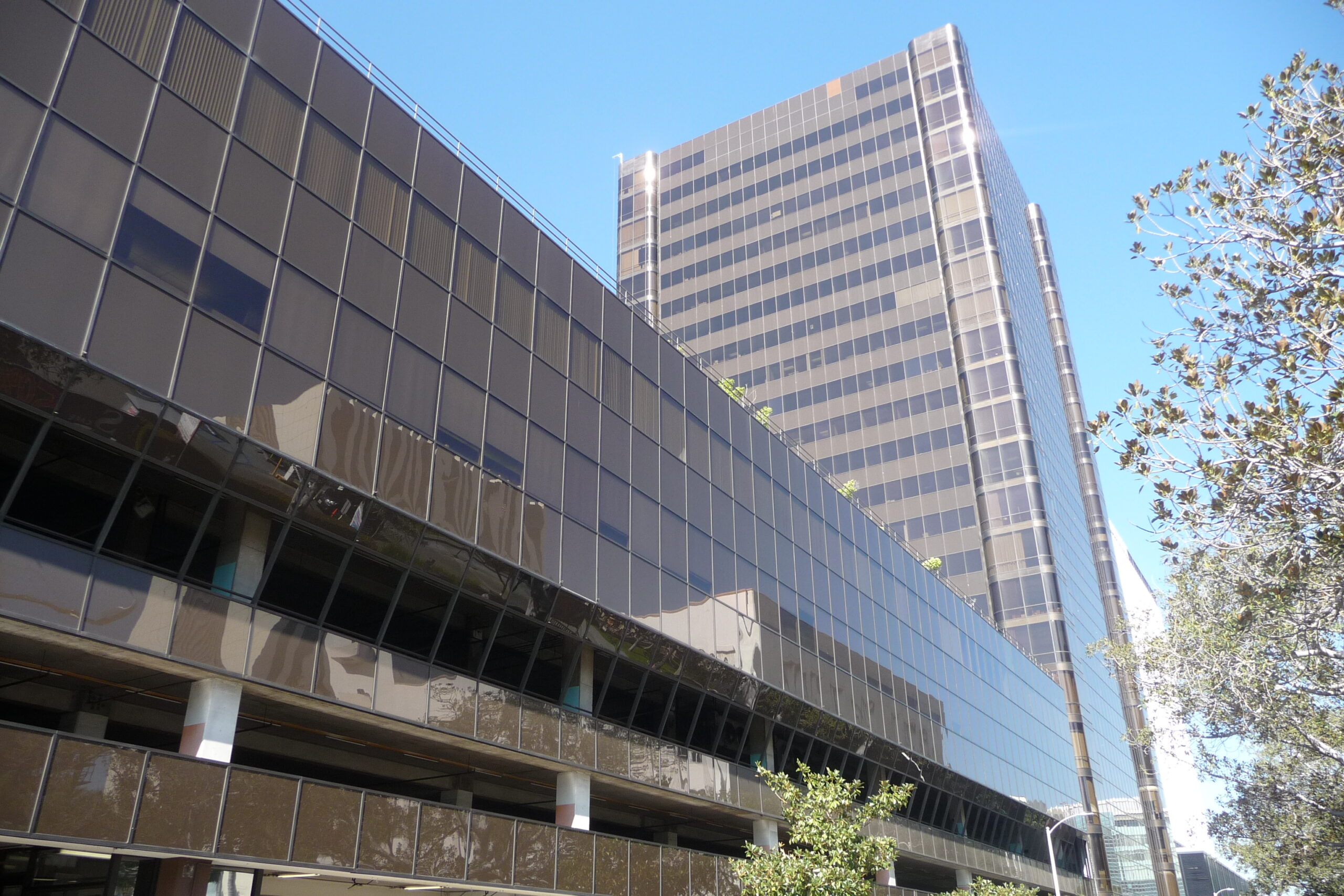
Place
One Park Plaza
-

Place
Roxbury Plaza
-

Place
MacArthur Park
-

Place
University Bus Station Bridge
-

Place
One Park Plaza
-
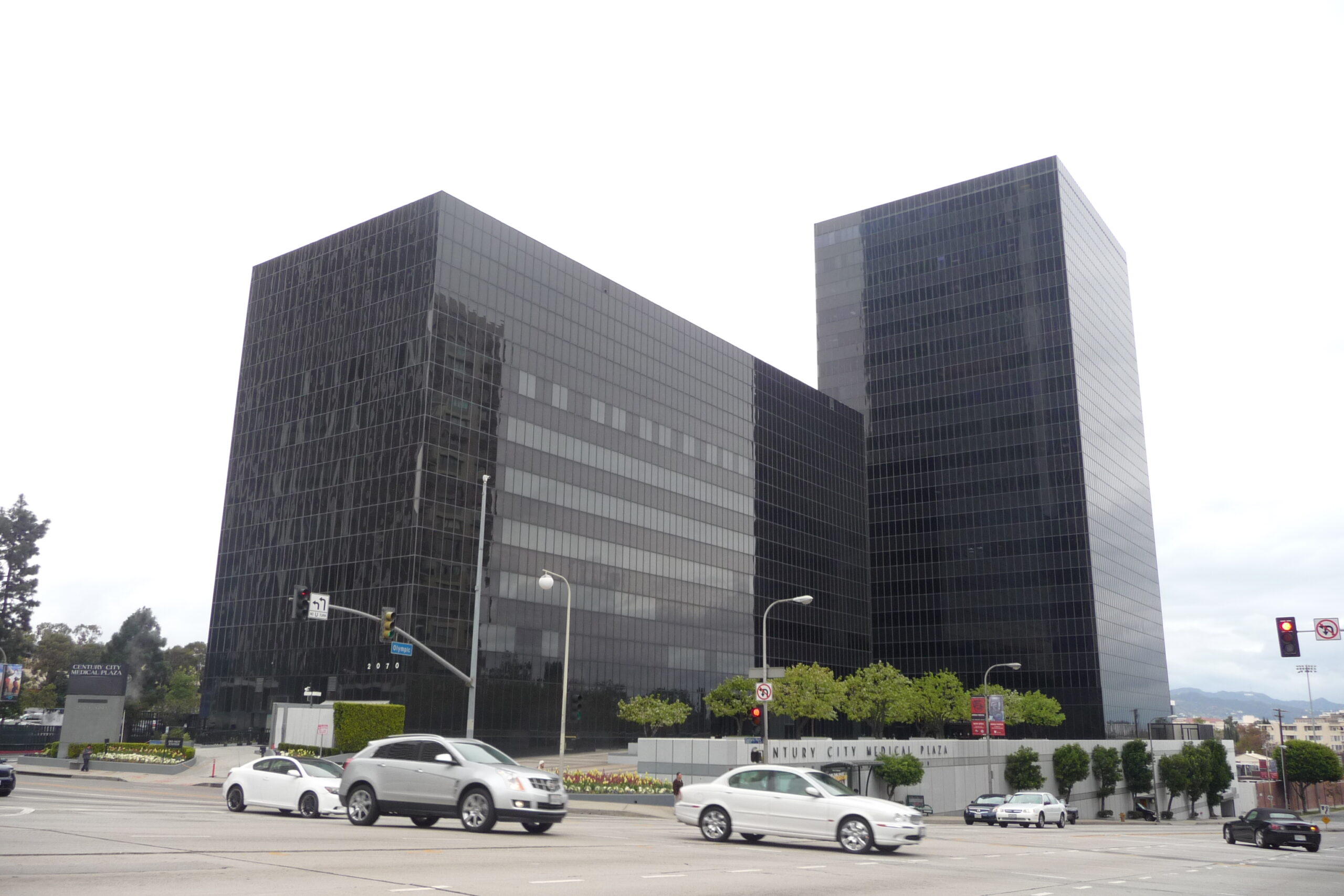
Place
Century City Medical Plaza
-
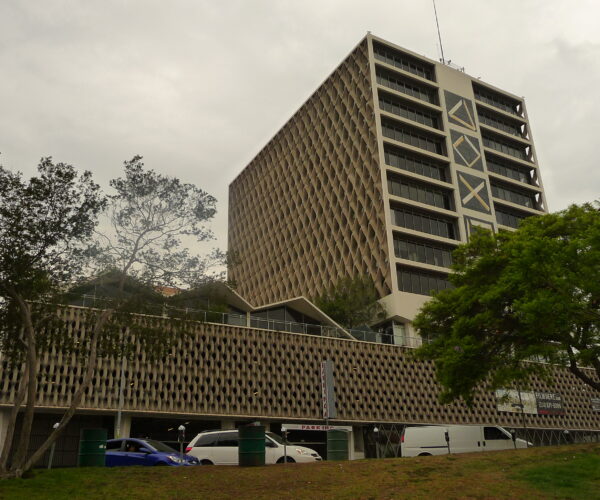
Place
American Cement Building Lofts
-
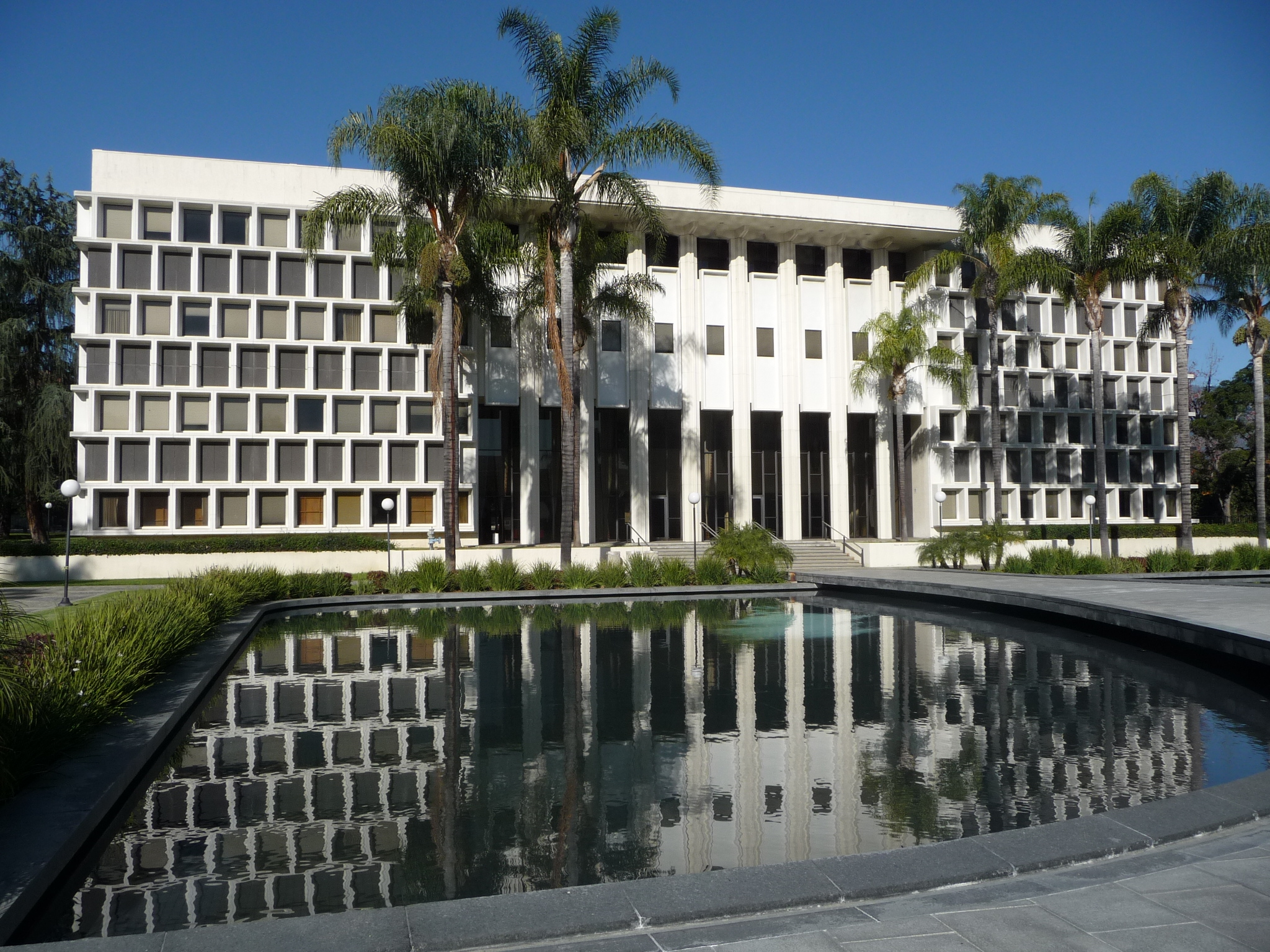
Place
Ambassador College
-
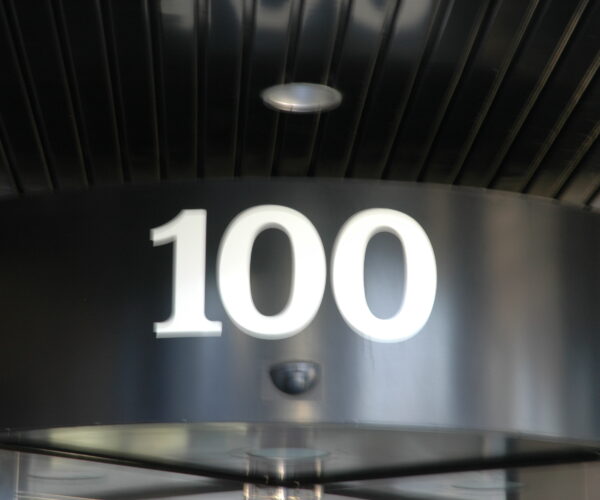
Place
100 Wilshire
-
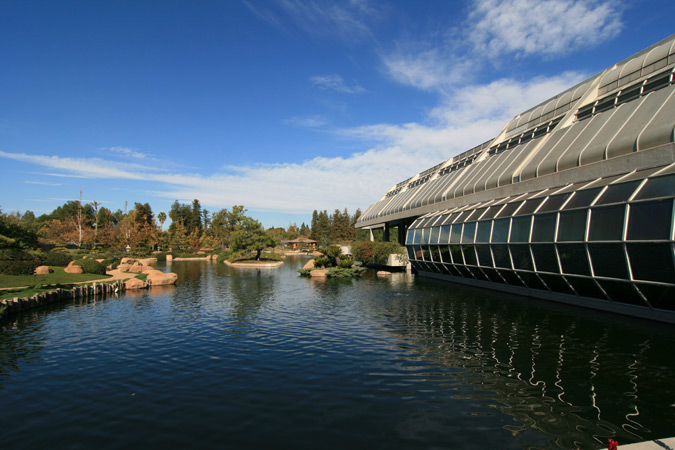
Place
Donald C. Tillman Water Reclamation Plant & Japanese Garden
-
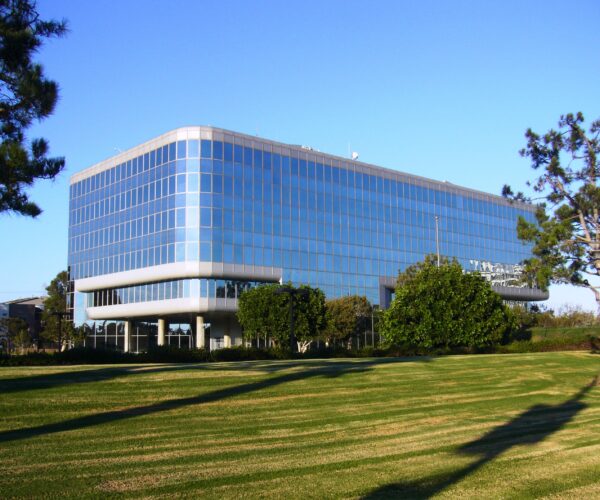
Place
Federal Aviation Administration West Coast Headquarters